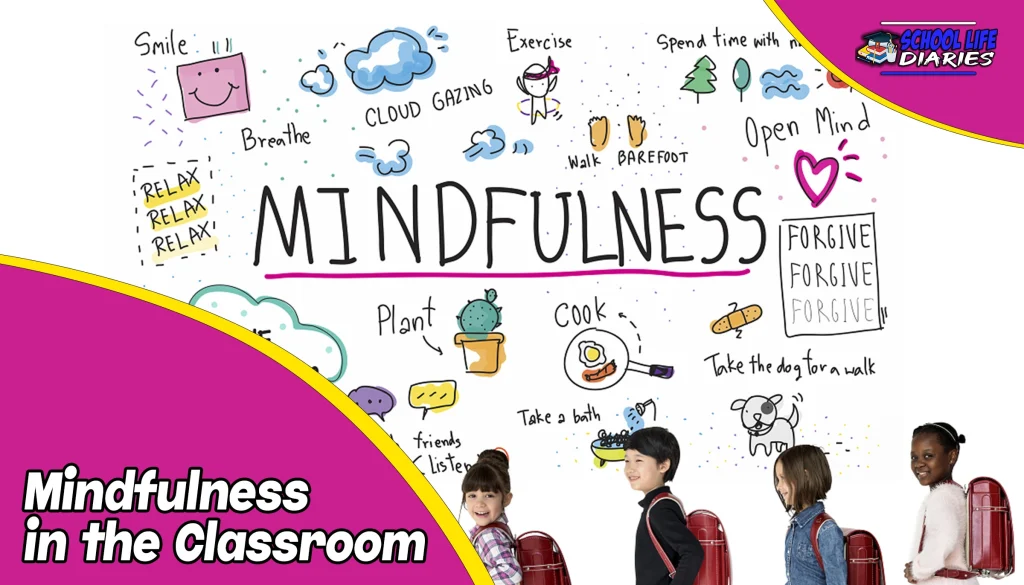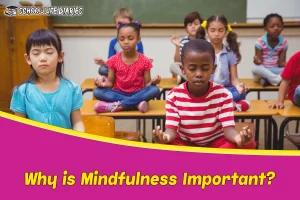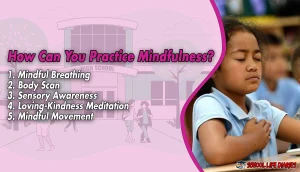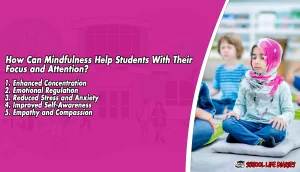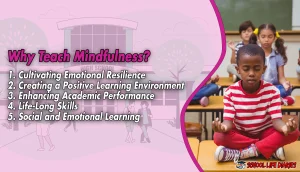In today’s fast-paced and high-pressure educational environments, incorporating mindfulness practices in the classroom has become increasingly important. Mindfulness offers students and teachers valuable tools to cultivate focus, attention, emotional regulation, and overall well-being.
This article aims to explore the concept of mindfulness, its significance, the integration of mindfulness practices into various subjects and activities, practical techniques for practicing mindfulness, the benefits of mindfulness for students’ focus and attention, and the reasons why teaching mindfulness is essential.
Let’s delve deeper into the world of mindfulness and discover how it can positively impact the classroom environment.
What is Mindfulness?
Mindfulness is the practice of intentionally focusing one’s attention on the present moment, with curiosity and non-judgment. It involves observing thoughts, emotions, and sensations as they arise, without becoming overly reactive or overwhelmed by them.
By cultivating mindfulness, individuals develop a heightened awareness of their experiences, enabling them to respond skillfully to challenges and stressors. Mindfulness is often cultivated through meditation practices, but it can also be applied to daily activities and interactions.
Why is Mindfulness Important?
Mindfulness is essential because it equips individuals with valuable skills to navigate the complexities of life. In the classroom setting, mindfulness helps students regulate their emotions, manage stress, and develop resilience. It fosters a positive learning environment, enhances concentration, and cultivates empathy and compassion among students.
Research has shown that regular mindfulness practice leads to improved cognitive functions, increased emotional well-being, and better overall mental health.
Can Mindfulness Practices be Integrated into Various Subjects and Activities in the Classroom?
Absolutely! Mindfulness practices can be seamlessly integrated into various subjects and activities in the classroom. Let’s explore some creative ways to incorporate mindfulness:
1. Transitions:
Smooth transitions are crucial for maintaining focus and minimizing disruptions in the classroom. Mindfulness practices, such as taking a few deep breaths or engaging in a short guided meditation, can help students transition between activities with greater ease and presence.
2. Fights and Melt-downs:
When conflicts arise or students experience emotional meltdowns, teaching mindfulness techniques can provide them with effective tools to self-regulate. Encouraging deep breaths, self-reflection, and a moment of calm can help students manage their emotions and restore a sense of harmony in the classroom.
3. Silent Space:
Introducing moments of silence or quiet reflection in the classroom creates an opportunity for students to pause, center themselves, and reconnect with their inner experiences. It allows them to process information more effectively and develop a deeper understanding of the material.
4. Use Premade Resources:
Numerous resources are available to support mindfulness in the classroom. Utilizing pre-made lesson plans, guided meditations, and visual aids can help teachers introduce mindfulness practices in an engaging and accessible manner.
5. Growth Mindset:
Mindfulness aligns beautifully with the concept of a growth mindset. By incorporating mindfulness into discussions about effort, perseverance, and learning from mistakes, educators can encourage students to embrace challenges, approach them with curiosity, and cultivate resilience.
6. Mindful Breathing:
One of the simplest yet most powerful mindfulness practices is mindful breathing. Teaching students to focus on their breath, observe its natural rhythm, and bring their attention back when it wanders cultivates concentration, self-awareness, and a sense of calm.
How Can You Practice Mindfulness?
Practicing mindfulness is an accessible and valuable skill that can be beneficial for individuals of all ages. Here are some techniques to incorporate mindfulness into your daily routine:
1. Mindful Breathing:
Find a comfortable position, close your eyes, and focus your attention on the sensation of your breath. Notice the rise and fall of your abdomen or the feeling of air passing through your nostrils. Whenever your mind starts to wander, gently guide your focus back to your breath.
2. Body Scan:
Take a few moments to scan your body from head to toe, paying attention to any areas of tension or discomfort. With each breath, imagine releasing tension and allowing relaxation to flow through your body.
3. Sensory Awareness:
Engage your senses fully in the present moment. Notice the sights, sounds, smells, tastes, and textures around you. Allow yourself to be fully present and receptive to the richness of your sensory experiences.
4. Loving-Kindness Meditation:
Cultivate feelings of compassion and kindness towards yourself and others. Repeat phrases such as “May I be happy, may I be safe, may I be healthy,” extending these wishes to loved ones, acquaintances, and even challenging individuals.
5. Mindful Movement:
Engage in activities such as yoga, tai chi, or walking meditation, where you can bring your attention to the physical sensations and movements of your body.
How Can Mindfulness Help Students With Their Focus and Attention?
Mindfulness is a powerful tool for improving students’ focus and attention. Here’s how:
1. Enhanced Concentration:
Mindfulness exercises train the mind to stay focused on the present moment, reducing distractions and improving concentration during classroom activities and assessments.
2. Emotional Regulation:
Mindfulness equips students with the ability to recognize and understand their emotions, allowing them to respond appropriately rather than react impulsively. This emotional regulation leads to improved self-control and better decision-making.
3. Reduced Stress and Anxiety:
By practicing mindfulness, students learn to manage stress and anxiety effectively. They develop techniques to ground themselves, find calm, and approach challenges with a balanced perspective.
4. Improved Self-Awareness:
Mindfulness cultivates self-awareness by encouraging students to observe their thoughts, emotions, and physical sensations without judgment. This heightened self-awareness enables students to recognize when their attention drifts and to refocus on the task at hand.
5. Empathy and Compassion:
Mindfulness practices promote empathy and compassion by encouraging students to cultivate a non-judgmental attitude toward themselves and others. This leads to a more inclusive and harmonious classroom environment.
Why Teach Mindfulness?
Teaching mindfulness goes beyond the immediate benefits for students. It fosters an environment conducive to learning and personal growth. Here are some compelling reasons to incorporate mindfulness into the classroom:
1. Cultivating Emotional Resilience:
Mindfulness equips students with valuable tools to navigate the ups and downs of life. It helps them develop emotional resilience and cope with stressors effectively, leading to improved mental health and well-being.
2. Creating a Positive Learning Environment:
Mindfulness practices create a positive and inclusive classroom environment where students feel seen, heard, and supported. This enhances their engagement, motivation, and overall enjoyment of the learning process.
3. Enhancing Academic Performance:
By improving students’ focus, attention, and emotional regulation, mindfulness positively impacts their academic performance. It allows them to absorb information more effectively, think critically, and engage in deeper learning.
4. Life-Long Skills:
Mindfulness is a life-long skill that students can carry with them beyond the classroom. By teaching mindfulness, educators empower students with a valuable tool for personal growth, self-care, and success in various areas of their lives.
5. Social and Emotional Learning:
Mindfulness aligns with social and emotional learning (SEL) initiatives, promoting skills such as self-awareness, self-management, social awareness, relationship skills, and responsible decision-making. It complements existing SEL programs and enhances their effectiveness.
Conclusion:
Incorporating mindfulness practices in the classroom offers numerous benefits for both students and educators. It enhances focus, attention, emotional regulation, and overall well-being. By integrating mindfulness into various subjects and activities, teachers create a positive and inclusive learning environment that fosters academic growth, personal development, and lifelong skills.
Mindfulness equips students with tools to navigate challenges, cultivate empathy, and thrive in the classroom and beyond. Embracing mindfulness in education is a powerful way to support the holistic development of students and create a brighter future.

